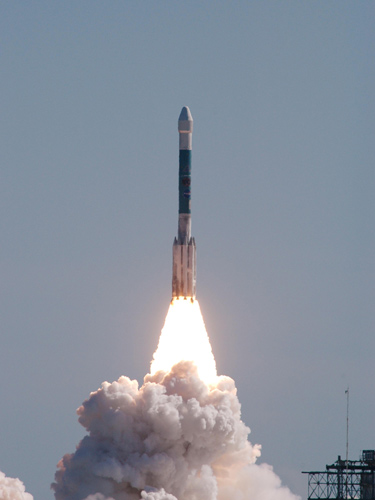NASA's Deep Impact Spacecraft Out of Safe-Mode

PASADENA, California (AP) -- NASA's Deep Impact comet-busting spacecraft emerged from "safe mode'' and was operating normally, the space agency said.
The spacecraft went into protective mode after launch Wednesday from Cape Canaveral, Florida, when it detected higher-than-expected temperatures in its propulsion system.
Safe mode shuts down all but essential systems while the spacecraft awaits new commands from controllers.
While in safe mode, Deep Impact did perform essential tasks including deploying and locking its solar panels, NASA said. The craft was receiving power and was properly oriented in space.
"We're back on (the timeline) and look forward to our encounter with comet Tempel 1 this summer," said Rick Grammier, the Deep Impact project manager at NASA's Jet Propulsion Laboratory.
The spacecraft will release an "impactor" that is designed to collide with the comet and produce a crater the size of a football stadium. That should allow instruments aboard the spacecraft to study material beneath the comet's surface. The mission costs $330 million (euro250 million).
- Deep Impact: Launch Countdown Coverage by SpaceFlight Now
- To Strike a Comet: Astronomers Eager for Deep Impact's Cosmic Collision
Get the Space.com Newsletter
Breaking space news, the latest updates on rocket launches, skywatching events and more!
Join our Space Forums to keep talking space on the latest missions, night sky and more! And if you have a news tip, correction or comment, let us know at: community@space.com.

The Associated Press, also known as the AP, is a wire service that provides articles to a host of newspapers and websites. The news organization was founded in 1846, when the company delivered the news by pony express. The Associated Press journalists cover news from around the world and in all subject matters.









